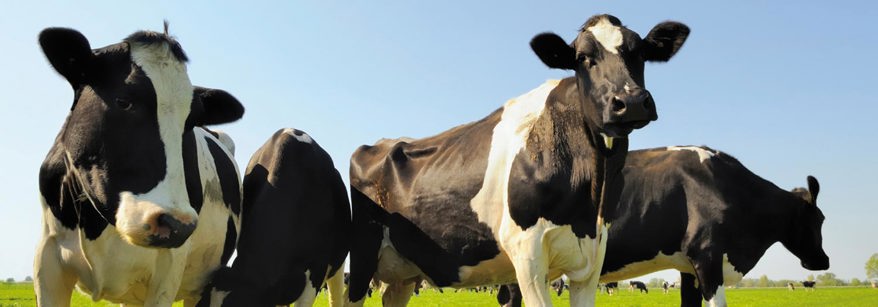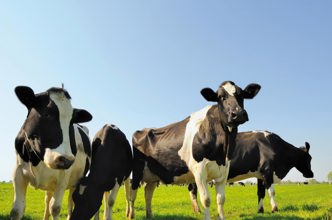The use of synthetic nitrogen fertiliser on land can impact water quality in our streams, rivers, lakes and ground water.
On 1 July 2021, the Government introduced a cap on the application of synthetic nitrogen fertiliser for land grazed by livestock. This was done through the National Environmental Standards for Freshwater (NES-F), which form part of the Government’s Essential Freshwater package. Scroll down for more detail on the NES-F regulations.
A key requirement of the NES-F is the annual reporting of synthetic nitrogen fertiliser records for dairy farms. Reporting for the period 1 July 2023 to 30 June 2024 is now open and should be completed by 31 July 2024.
The National Data Portal is now live and can accept reporting from both the fertiliser companies or directly, as explained below.
There are two main ways for dairy farmers to submit their annual reports:
1. If you are either a Ravensdown or Ballance customer, then you can submit using their online tools. You must be a registered customer and have your farm digitally mapped:
2. For dairy farmers submitting directly to the national web portal, you should first use the N-Cap spreadsheet to help calculate your records, then enter those into the national web portal:
3. For organic farms or farms that do not use any synthetic nitrogen, see the instructions on how to enter a ‘zero’ usage report.
View the step by step video guides on how to use the Te Uru Kahika Nitrogen Cap web tool to submit your records.


